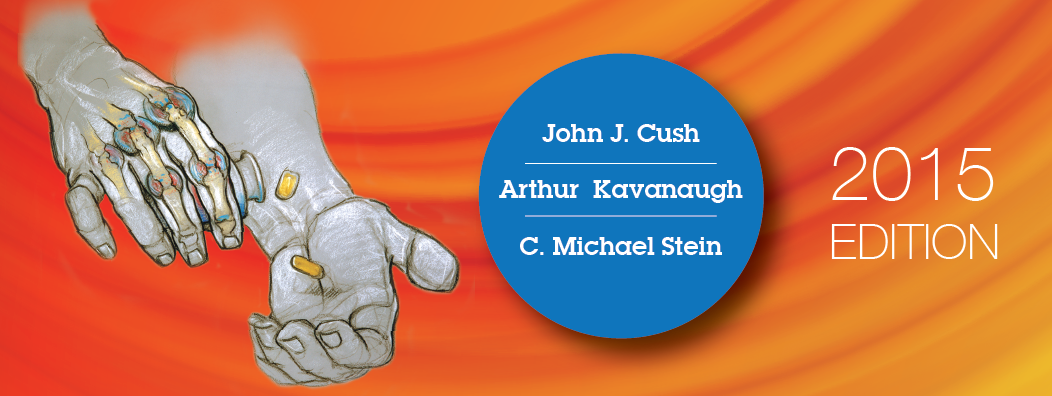Livedo Reticularis
Last updated: November 4, 2014
ICD-9 Code: 782.61.
ICD-10 Code: R23.1
Definition: Livedo reticularis is a painless, cyanotic mottling of the skin in a fishnet pattern. It may affect extremities or trunk and is exaggerated by cold exposure. It may be associated with autoimmune diseases, vasculitis, Raynaud’s phenomenon, fibromyalgia, atheromatous disease, hyperviscosity syndrome, thrombotic conditions, and exposure to cold or heat.
Etiology: Livedo reticularis results from vasospasm or sluggish blood flow through the deep dermal arterioles. Thickening of the dermal capillary walls can ultimately result in ischemia or infarction of affected tissues.
Demographics: Livedo is common (and usually not associated with disease) in infants and fair-skinned children, especially at times of cold exposure. Livedo reticularis is sensitive but not specific for connective tissue disorders. It occurs in SLE, Raynaud’s phenomenon, and APL syndrome. Sneddon syndrome is the historical association of livedo reticularis, a false-positive VDRL, and stroke in young women.
Diagnostic Testing: APL antibodies or vasculitis autoantibodies (i.e., ANCA) may be sought if warranted by the overall clinical presentation.
Keys to Diagnosis: Cutaneous findings are characteristic. A careful history, physical examination, and selected laboratory evaluation may disclose evidence of underlying cause. In cutaneous PAN, patchy livedo reticularis is associated with skin nodules.
Therapy: Therapy is directed toward any underlying illness. Few patients will require specific therapy for livedo reticularis.
BIBLIOGRAPHY
Picascia DD, Pellegrini JR. Livedo reticularis. Cutis 1987;39:429–432.PMID:3581915


